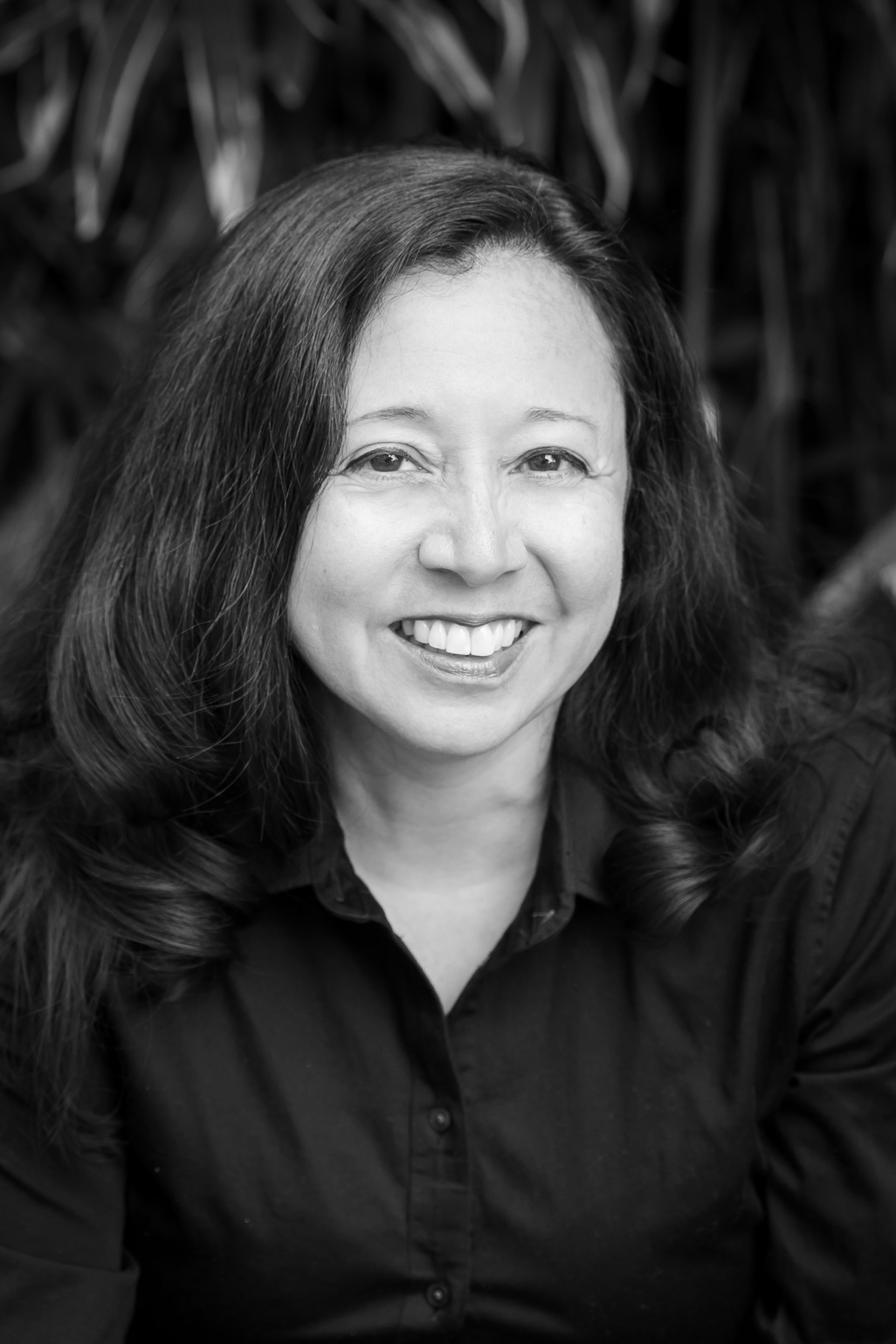By Muskan Arora
Geeta Kapadia, who joined the $1B Fordham University as chief investment officer nearly three years ago, is incorporating Yale University’s late David Swensen’s endowment model philosophy as a framework for the plan’s portfolio.
Having spent over a dozen years at Yale New Haven Health System, in close proximity to Yale’s investment office, Kapadia uses a barbell approach to manage the portfolio’s active versus passive equity exposure. Indeed, the underlying principles of the endowment model that inform the way the CIO thinks about investing at Fordham include an equity focus and leaning into the illiquidity of private investments due to their long-term investment horizon. She also uses active managers judiciously in inefficient asset
classes and passive management in highly efficient asset classes.
Kapadia continues to spend time accessing opportunities within private equity and generally prefers venture capital to publicly traded small-cap equities. Of late, she has been focusing on early-stage venture capital due to advancements in the technology sector, particularly with artificial intelligence.
“That opportunity set is strong and very vibrant. We want to make sure that we have exposure to those names so that we’re not sitting out on the sideline when you have the next breakout transaction such as Google’s acquisition of Wiz,” said Kapadia, in an exclusive interview with Markets Group.
To strike a balance between the liquidity of public equities and illiquidity that comes with investing in private markets, the endowment has strategically invested in hedge funds, which serve as diversifiers. While most private market investments are predominantly focused on the US, the endowment has a small group of fund investments in the UK and Europe.
Additionally, Fordham has tapped managers with a tangible track record to invest its portfolio in traditional buyout funds with a focus on small- to mid-market companies. It devotes a significant amount of time on manager research, closely monitoring the extent to which they’ve demonstrated an ability to provide a diversified book with strong deal flow, and have been able to exit the names and provide actual distributions to their underlying LPs.
“Being able to invest in a company that’s going to be the next Alphabet or the next Meta is important
for our endowment’s growth, and they are of particular interest to us as an institution of higher education. That relationship between academia and industry is such an important one.”
The biggest challenge for Kapadia is ensuring the team has enough bandwidth to conduct deep due diligence into managers and to consistently monitor the portfolio’s exposure to prevent unintended bets.
“We’re keen to stay aware of the fees that you’re going to have to pay, whether the manager wins or loses. We really want to understand how likely is it that this manager is going to be able to repeat what they’ve done in the past, especially in this space, [where] a lot of it is the relationships that they have.”
India market challenges, opportunities
As the CIO continues to explore opportunities outside the US, she recently visited India where she expressed a keen interest in the growing use of technology and innovation, such as in the consumer, health care and pharmaceuticals industries.
“Understanding drug development and the regulatory regime that impacts pharmaceutical manufacturers are key to evaluating their ability to export to countries such as the US and the UK,” said Kapadia.
Looking ahead, she also sees opportunities widening within infrastructure, citing Mumbai’s coastal road project. Still, investing in India has challenges, particularly around valuation, as its equities market is becoming more and more expensive.
Within the emerging markets, the endowment’s focus on investing in public markets rather than private markets, is driven by the team’s limited opportunities to conduct on-the-ground diligence.













